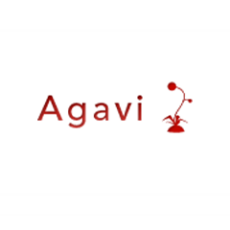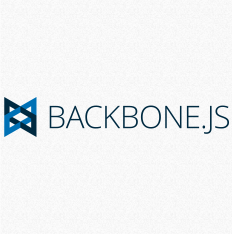Compare Products

|

|
Features * Agavi is a general purpose PHP application framework built around the Model-View-Controller architecture originally based on the Mojavi 3 Web application framework written by Sean Kerr. It provides a rich toolset that solves most of the routine problems in Web application development.
* Agavi is designed for serious development. It is not a complete website construction kit but rather a skeleton over which you build your application. The architecture of Agavi allows developers to retain very fine control over their code. Agavi itself is written to be extensible, and powerful. Whereas this documentation serves as an important resource, many developers are comfortable learning from Agavi's source code.
* Agavi strives to leave most implementational choices to the developers. Agavi's components are inherently extensible, and the framework itself is designed around a XML-based configuration system that provides a very flexible environment. For you — as a developer — this architectural style means that you are required to perform less hacking (or, in most cases, none at all!) at the framework level and therefore have more time to get your application written.
* The framework works for almost all kinds of applications but excels most in large codebases, long-term projects, extreme cases of integration and other special situations.
|
Features A rich API
Used for programming of single-page Web applications and Web applications synchronicity.
Models and Views - The single most important thing that Backbone can help you with is keeping your business logic separate from your user interface.
Collections - A Collection helps you deal with a group of related models, handling the loading and saving of new models to the server and providing helper functions for performing aggregations or computations against a list of models.
View Rendering - Each View manages the rendering and user interaction within its own DOM element. If you're strict about not allowing views to reach outside of themselves, it helps keep your interface flexible — allowing views to be rendered in isolation in any place where they might be needed.
Routing with URLs - In rich web applications, we still want to provide linkable, bookmarkable, and shareable URLs to meaningful locations within an app. Use the Router to update the browser URL whenever the user reaches a new "place" in your app that they might want to bookmark or share. Conversely, the Router detects changes to the URL — say, pressing the "Back" button — and can tell your application exactly where you are now.
|
LanguagesOther |
LanguagesJava Script Other |
Source TypeOpen
|
Source TypeOpen
|
License TypeLGPL |
License TypeMIT |
OS Type |
OS Type |
Pricing
|
Pricing
|
X
Compare Products
Select up to three two products to compare by clicking on the compare icon () of each product.
{{compareToolModel.Error}}Now comparing:
{{product.ProductName | createSubstring:25}} X